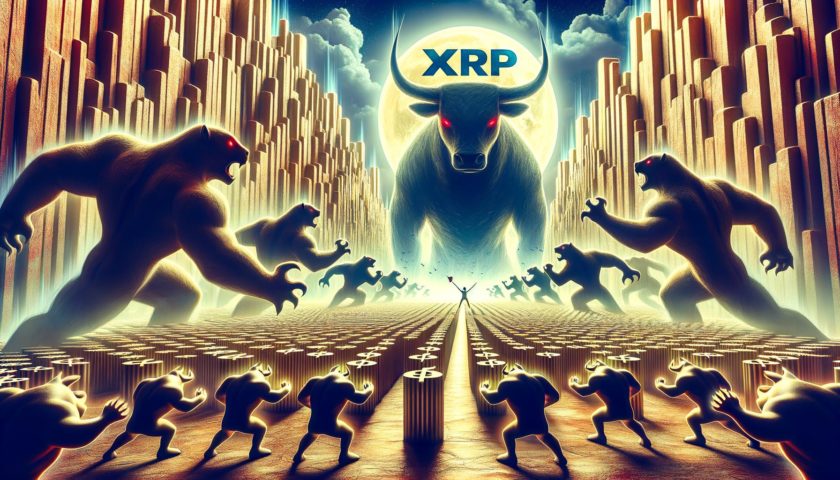Ripple, the company behind the XRP cryptocurrency, disclosed that it has raised $200 million in a Series C funding round that was led by Tetragon. Major participants included SBI Holdings and Route 66 Ventures. The funding represents an active effort on part of Ripple to enhance XRP adoption to broader audiences.
The company is reportedly valued at $10 billion now. It rose to prominence in 2017 when XRP witnessed a massive growth in terms of adoption and usage. The XRP digital currency is seen as the brainchild of Ripple and it has experiences extraordinary sprouting when compared to its crypto competitions.
The vastly successful C funding represents the confidence of investors and global financial institutions to accept the integration of cryptocurrency into the global transaction pipeline.
Brad Garlinghouse, Ripple CEO, stated:
“We are in a strong financial position to execute against our vision. As others in the blockchain space have slowed their growth or even shut down, we have accelerated our momentum and industry leadership throughout 2019.”
Garlinghouse was recently interviewed by Fortune where he said that his company is dealing with more 300 clients. However, he expects this number to grow by 30-40% in the next year. He also predicts that the company’s transaction volume will increase by an ambitious 600%.
Ripple has stores of XRP digital currency under its ownership, which is currently ranked as the 3rd most valuable digital asset in the crypto market today. It grew as a multi-billion-dollar company by mostly selling its holdings of XRP when the virtual currency was experiencing its highs in 2017.
Last year, it amassed $260 million by selling XRP. But this is not the only source of Ripple’s success. It helps financial institutions and international banks by deploying and maintaining blockchain technology, even for the top banking conglomerates such as Bank of America. It also began lobbying in Washington D.C., another evidence for its rise.
Ripple’s (and Crypto’s) Challenges
Ripple has played a major role in convincing financial watchdogs and international banks to accept the reality of XRP specifically and crypto in general. So far, the resilience and speed with which it can be used to carry out cross-border transactions has been the top selling point of the digital currency.
There is no comparison between traditional transaction pipelines and XRP-based transactions. XRP is a lot more efficient, fool proof and customizable as per the needs of the institution employing it. However, multiple factors threaten the campaign of expansion that Ripple has recently undertaken.
For example, replacing current systems with one based on blockchain-powered payments is difficult for authorities because of the decentralized and anonymous nature of the usage of cryptocurrency. Secondly, many nations are currently working on central bank issued national digital currencies to replace traditional fiat currencies and these can be used to facilitate cross-border payments as well.
In such a case, it remains to be seen how well private issuers of digital assets will compete.




